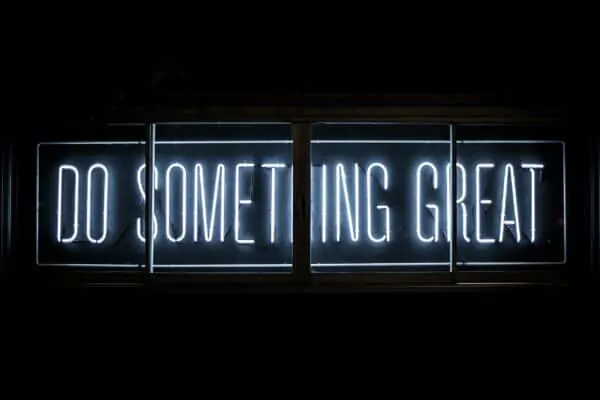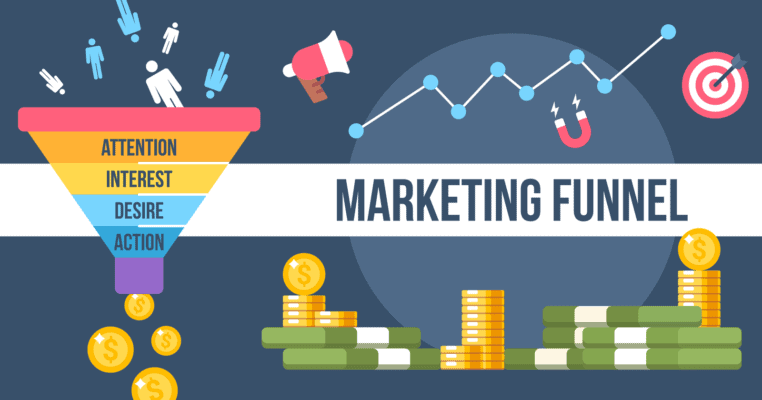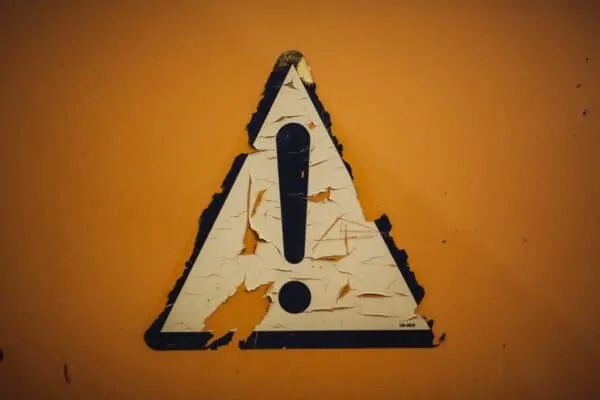
Either you are a marketer or a business owner, understanding what a marketing funnel is and how to apply it in the sales process is essential.
Some people may ignore the definition of marketing funnel since it is considered to be too mechanical or simplistic to describe the process of converting a browser into a customer, from awareness to purchase. However, in this article, we will show you it is a good visual still to describe the whole process from scratch to end.
What is a Marketing Funnel?

A marketing funnel is a marketing model that describes the customer journey from the initial stage of getting to know your business to the purchasing stage.
In the first stage, you need to get more traffic to your page by posting SEO-friendly content, publishing white papers, and getting backlinks. After that, you need to develop a more personalized approach like launching a product demo or a phone call to get a customer to go through the sales process.
Stages in the Marketing Funnel which match Content Creation

The marketing funnel or sales process was first introduced 100 years ago by John Dewey but still is a good understanding of customers’ behavior and marketing funnel creation today. And it applies to all kinds of purchases regardless of how much money people are going to spend on each purchase. Now, let’s get through these 5 stages of the marketing funnel.
Stage #1 – Need Recognition/ Attention
It is obvious that people will not make a purchase if they don’t realize that they have a need to be fulfilled. So in the first stage of a marketing funnel, customers should recognize their own problems for instance their old car is broken or too old to perform well and they need to replace it. Or the holiday is coming and they need new clothes to celebrate. Those needs vary.
And your job is to create content like blog posts, video ads to make them aware of their own problems, in other words, to draw their attention to their own needs.
Once you’ve got their awareness, you can move to the next phases of the marketing funnel.
Stage #2 – Information Search/ Interest
Realizing your needs forces you to search for more information about possible solutions. This step of the marketing funnel depends on the size and scope of the purchase. It can either be simple or require a lot more effort.
For example, if you want to eat out for dinner, you just search Google for any restaurant nearby or order from a food app. However, if you are looking for a laptop, you may want to do more profound research by reading product reviews, searching for any reliable shop, and go to the shop to experience at first hand.
Here’s where you can make yourself useful to customers by offering some solutions to their problems and make them interested in your products. Let’s say you are a cosmetics shop, you can post content about seasonal makeup trends or tips to have a perfect makeup look for Valentine, Haloween, etc. If you are selling mom and kids products you can create content about tips to take care of babies.
You can also use Google Search or Google Trends to figure out some types of content that people are mainly looking for and create content that matches these queries.
Stage #3 – Evaluation of Alternatives/ Desire
At this stage, customers have gone through attention and interest and moved to the evaluation of alternatives. As they have searched for information about potential solutions, they will consider choosing from a bunch of available suggestions or providers that can solve their problems. For example, they can choose a marketing agency that seems to work effectively but also can request the fee within their budget from different marketing agencies.
So your job here is to create content that can convince your customer that you are the best choice for them. You can create content about how to choose a good laptop if you are selling laptops. Or you can have a review videos posted on Youtube on a new cellphone if you are selling cell phones.
But the tip is you should not try to promote your products. These should be educational content created for viewers who are considering buying a product. Then the customers can find it useful and convincing enough for them to purchase from you.
This stage is important to get them through the next stages of the marketing funnel.
Stage #4 – Purchase Decision/ Action
The purchase decision follows naturally after the above three stages. One person is aware that they have a problem to be solved, become get interested and search for more information about that, then when they read enough, they consider their options and choose the best for them. After that, they definitely want to take action upon it, to make a purchase.
At this step, case study content has proved to play an important role in purchasing action. People can read other experiences on the products to decide if they want to buy the product from you or not, especially from an influential person that they know.
The problem is you might get negative feedback on the product here and there. But you might want to take it as an opportunity to improve your quality and grow your business. Of course, not all complaints are valuable, but most of them will make you aware that you need to do something with your product or customer service for example to make it better so that it can convince customers to buy.
Stage #5 – Post-Purchase Behavior
You might think: “Yay, customers already bought my product. That’s it”. But No. The marketing funnel does not end just when a purchase has been made. Moreover, what happens after that is no less important.
If your customer experience is good, they tend to send a good review of your products and recommend it to their network or in forums, which can help build your brand and result in more sales later on. Or else, they not only request a refund but also give negative feedback, and others in their social cycles may have a bad impression of your products. The consequences you may already know, that it will be harder for you to sell your products to more people.
Not any specific type of content may help you in this stage. If your product is good and your customer service or the whole purchasing process that customers experience is good, then post-purchase behavior will take care of itself.
However, there are still a few things you can do to facilitate better by creating the FAQ section or encourage customers to give feedback about your products and service in the review part.
Conclusion
To create a marketing funnel with these stages is not easy. It is not something that you can accomplish overnight but requires a lot of effort and research as well as hard work. However, it can offer you great probabilities to grow your business and get more sales and deals when you have done that. Hope that we helped you to understand the process and how to create content that matches each stage. Once you’ve succeeded with all those things, fruitful results will come to you naturally.
Private Agent for Dropshipping Success